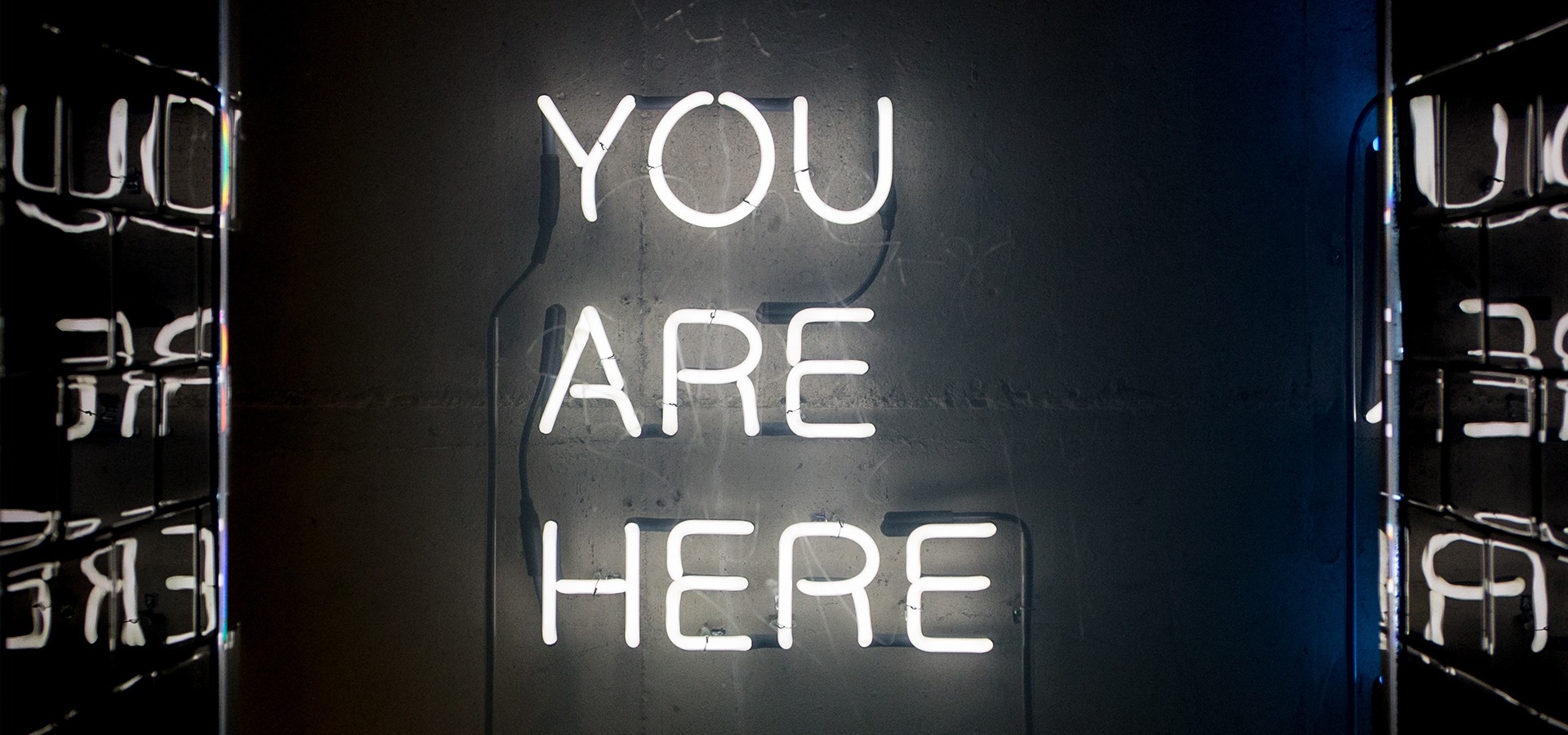Before you spin up surveys, consultants and new initiatives in your organization to transform the culture, each senior leader needs to ask themselves one question:
Is it me?
If more than a couple answer “no” – explicitly or implicitly – the only cultural initiative an organization should launch is one of reflection and honest dialog for the senior team.
I am fortunate to be invited into organizations to learn and offer guidance about culture, employee experience and brand activation. The narrative is typically some version of we had a great culture, we grew, expectations increased, real conversations decreased, and now we have a place with pockets of positive culture, but no connectedness and no deeper connection to our purpose, espoused values and customers
Culture change is identified as a need. But all too often it comes with a small, but powerful proviso with words like “they” and “there” as in…
We really need to change the culture over there.
They need to change. (Note: “they” typically refers to the front-line staff.)
See anything wrong in those statements?
“They” should be “WE” and “there” should be “HERE”.
Senior leaders distancing themselves from the culture signals a lot of things, most of which aren’t good. An accountability problem. An ownership problem. A self-awareness problem.
One of the most influential books in my life is The Art of Possibility by Benjamin and Rosamund Zander. In Chapter 5, Leading from Any Chair, Ben Zander speaks about the silent conductor. It is his realization that the all-powerful conductor never plays a note and exists to get the most out of the musicians entrusted to his leadership. And, to the extent the musicians are missing the mark it is up to the conductor to ask, “Who am I being that they are not shining?”
Put another way by former Navy SEAL Jocko Willink in his book Extreme Ownership,
“Leaders must own everything in their world, there is no one else to blame.”
Whether the inspiring or blunt approach gets through, the message is the same when it comes to culture. If you have the proverbial “toxic” culture, it is directly a result of what leaders have or have not made important through the actions they have or have not taken.
Are there issues beyond select senior leaders? Of course, but who is ultimately responsible for them as well?
So how does it come to “We’re good, but they need some work”?
A couple of ideas.
Leaders have, most likely, been successful by the only metric that typically matters, getting stuff done. (How they got that stuff done is another story.)
Leaders are running fast and their pace blinds them to the shrapnel left in the wake or neglect left by their inattention. Or, perhaps, they are responsible for too much.
Leaders may lack self-awareness. For the culture you want to take root, however, a large gap cannot exist when it comes to leaders living the values daily.
If a leader is willing to look within and ask, “Who am I being that our culture sucks?” the organization has a chance. What can a leader do then?
Slow down. Literally; walk slower, notice things, say hello. Consider how people react to you. And, slow down figuratively, allow space for thought before reaction occurs.
Be among your people. There is no substitute for time together with employees. Will it be awkward at first when you sit down at lunch, join a meeting or take a lap on a floor you don’t typically visit? Sure.
Ask for honest feedback. If it is all glowing, you’ve got a problem. People don’t feel safe being honest with you. If people provide less-than-ideal feedback, say “Thank you”. Then, when the sting wears off, validate with people you trust (if necessary) and ask for help to change.
The mirror of leadership is at times a tough one to look into, but doing so is one of the most important ways a leader can make a difference for your organization. How great to turn the possible dread of “Is it me?” into the challenge of “It is me” and be an example of change. Inspire people through your vulnerability, honesty and action.
This article was written by Mark Tomaszewicz.
Written while listening to: To the Sun and All the Cities In Between by City of the Sun. https://open.spotify.com/album/7CyISiIyKSbgIQZr8JaqoS
Culture Change is a Complex Process
Make sense of it with actionable advice from experts on the front lines.
You've successfully been added to our list. We're glad to have you!

